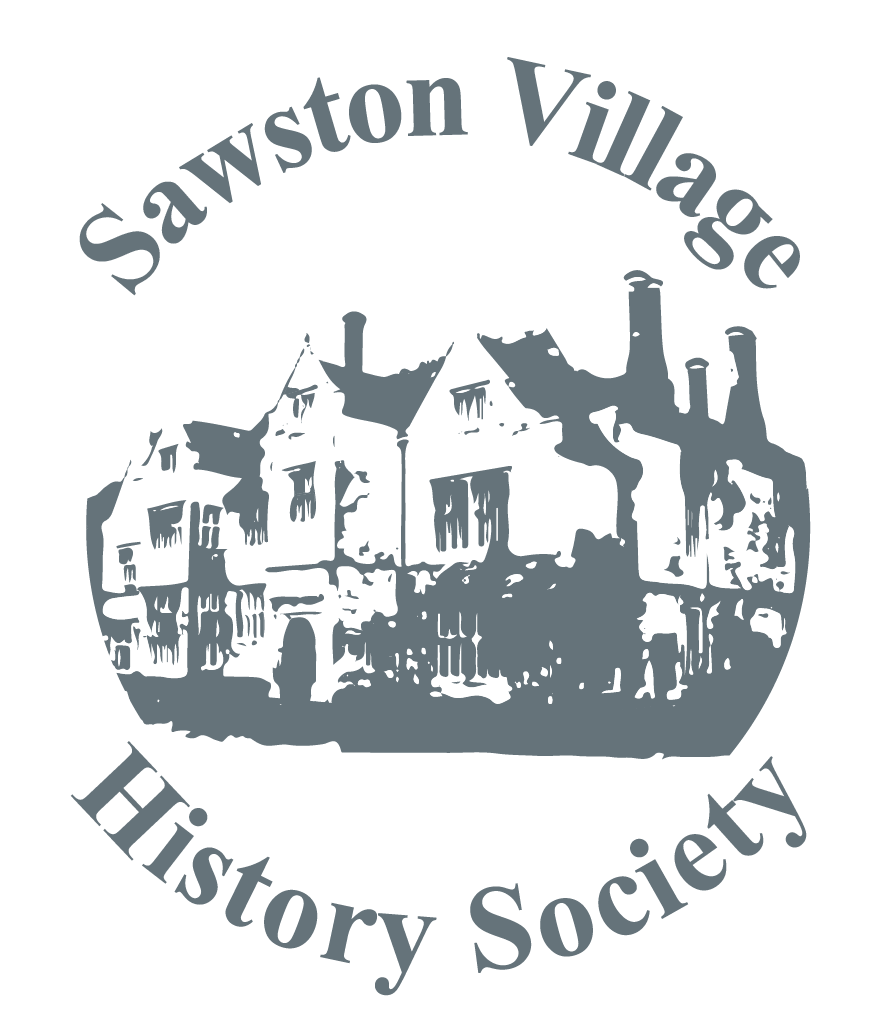
The final meeting in 2007 comprised the usual festive seasonal buffet combined with a very interesting talk by Liz Carter on “The Victorian Child”. In the 1840s, children born into a wealthy, upper class family would usually be confined to their upstairs nursery under the care of a nurse or nanny and only allowed downstairs to be exhibited to admiring relatives or friends, so contact with the parents, especially the father, was fairly minimal. Younger children were normally taught at home by a governess, but it was only the boys who were taught the 3 Rs,” riting, reading and rithmetic”. With these basic skills boys could then proceed to a suitable school to prepare for university and thence into a career in commerce, military, or, for the less talented, the ministry. Girls were just good for the 3 Ss, “singing, sowing and simpering” and expected to get a husband to support them and father some more boys.
Children from the “middle classes” whose fathers would be “professionals” such as bankers, teachers, clerks, and perhaps anybody who held a pen rather than wielding some implement, would have had a very similar upbringing. But as for the “lower, working classes” – well, at least boys were no longer allowed to work in mines after 1842 but at 10 were often expected to work 12 hours a day, perhaps getting up at 5 in the morning, walking several miles to work and not getting back home until 9 at night, all for perhaps 4 – 7d a day. Boys were often expected to climb up and down chimneys to clean them until 1875. More fortunate kids, whose parents were marginally wealthier would be able to send them to “National” or “British” Schools. The former were C of E oriented, while the latter non conformist. It would appear that Sawston in the mid 19th century was relatively well provided with schools as it had both a National and a British school, as well a Catholic school in Sawston Hall, set up by Richard Huddleston. The costs of these schools were typically 2d per week.
For destitute families there was always the local workhouse which at least provided regular meals and schooling so children, especially, were often better off living in a workhouse than in dank, cold, disease-ridden and crowded basements in towns. By the 1870s there was a marked improvement in schooling provision, especially for girls who could now attend many private schools, if parents could afford the fees.
Childhood games became available in the 1880s and included Othello, tiddlywinks, marbles, Ludo, electric toy trains (in 1893) and Meccano (1890), but these were probably only affordable to the more affluent upper classes. Infant and childhood mortality were also critically dependant on living conditions. Naturally, children who lived in overcrowded and badly lit conditions with poor sanitation and limited access to clean water were prone to succumb to diphtheria, typhoid and smallpox to a much greater extent than children from wealthy families. To combat smallpox, compulsory vaccination was introduced in the 1870s, but many people refused to let their children be vaccinated, preferring to go to prison instead.
Children’s charities became increasingly important, the first being Dr Barnardo who set up his first school in 1867 and the first home for “waifs and strays”, many of whom later were sent to work in Canada. The other major children’s charity, the NSPCC was founded in 1889. Sadly, it appears that the need for these charities has not diminished and there is still considerable child poverty and hardship in 21st century Britain, although, thankfully, not the harsh conditions which kids from the “lower classes” often had to endure, especially in the big cities.
After this very interesting talk the audience was invited to help themselves to an excellent buffet kindly provided by Members.
The next Society meeting on Thursday, January 10th will be at the Chapelfield Way Community Centre starting 7.30 pm. This will be a talk entitled "A history of Abington and the Mortlock family" by Jennifer Hirsh
Members of the Society have recently formed an affiliated group called the “Sawston Community Archive Group” under the auspices of the Cambridgeshire Community Archives Network. This has been established in order to create a digital/electronic archive as an on going record of the heritage and culture of Sawston. The archive will comprise largely of photographs and documents with attached texts and oral reminiscences.
The group is proposing to have an open evening, probably in April, at a suitable venue, such as the OWL café, where people are invited to submit archive material, using one of the computers there, and also to see how easy it is to access the stored archive from many Cambridge villages, including Sawston. Try going to www.ccan.co.uk where any of the contributing villages can be accessed. For those who want to become more actively involved, they may wish to register as a contributor and can then submit material for the archive, which, after moderation (approval if you like) will form part of the official Sawston e-archive. Whilst relatively small now, we confidentially expect this to grow and grow, so that in a short space of time there will be an enormous amount of information, pictures and documents available for those who want to find out more about Sawston, past and present.
Our archivist, Bryan Howe, is at the Sawston Heritage Centre at the Sawston Parish Council Office in Link Road on Monday mornings. Bryan is very amenable to arranging an alternative time to view the archives. Just ring him on (01223) 833963 to arrange a mutually convenient time.
For further information on any of the above please contact Bruce Milner at brucemilner@ntlworld.com or phone: 01223 570596.